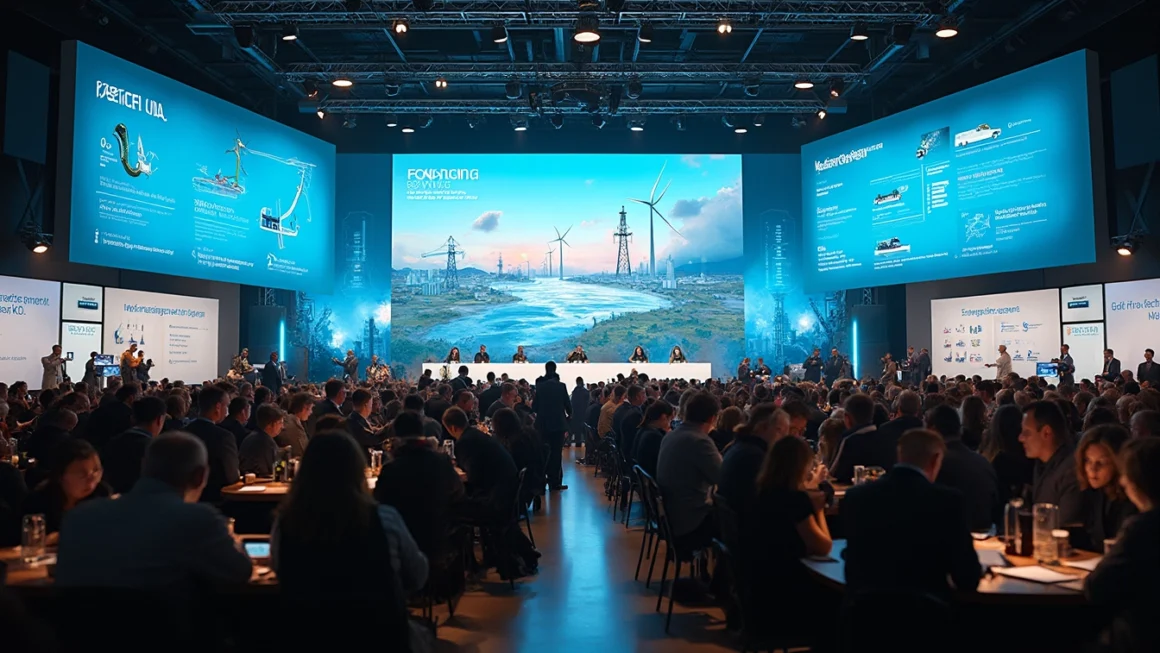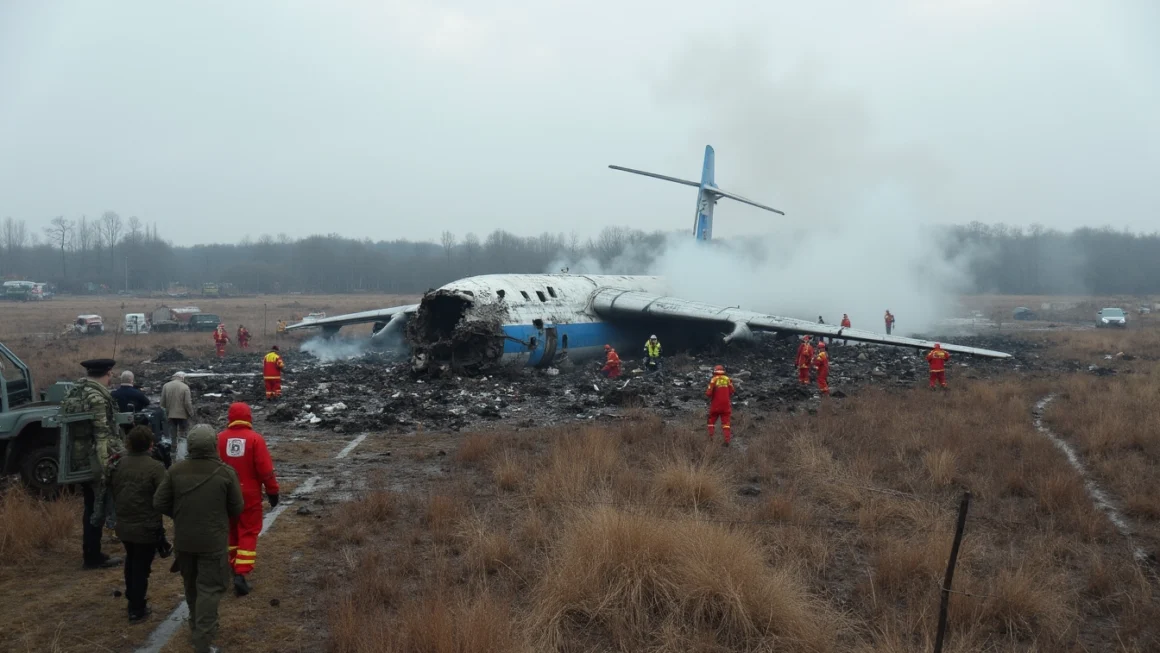Setting the Stage for COP29: Energy Progress and Challenges
Table of Contents
As the world gears up for the 29th Conference of the Parties (COP29) to the United Nations Framework Convention on Climate Change, it’s crucial to take stock of recent developments in the global energy landscape. While progress has been made in some areas, there’s still a pressing need for acceleration in others to meet our climate goals.
Key Energy Developments
Renewable Energy Growth
One of the most promising trends has been the continued expansion of renewable energy sources. Solar and wind power installations have seen significant increases worldwide, driven by falling costs and supportive policies. This growth is essential for reducing greenhouse gas emissions and transitioning away from fossil fuels.
Energy Efficiency Improvements
Many countries have implemented stricter energy efficiency standards for buildings, appliances, and vehicles. These measures are crucial for reducing overall energy demand and making the most of the clean energy we produce. Improved efficiency also helps lower costs for consumers and businesses alike.
Electric Vehicle Adoption
The electric vehicle (EV) market has experienced rapid growth, with many countries setting ambitious targets for phasing out internal combustion engines. This shift is vital for decarbonizing the transportation sector, which is a significant contributor to global emissions.
Challenges Ahead
Fossil Fuel Dependence
Despite progress in renewables, many countries still heavily rely on fossil fuels for their energy needs. Phasing out coal, oil, and gas requires significant investment in alternative energy sources and infrastructure. This transition also needs to be managed carefully to ensure energy security and minimize economic disruptions.
Energy Access Inequality
While developed nations push for cleaner energy, many developing countries still struggle with basic energy access. Bridging this gap while also promoting sustainable solutions is a complex challenge that requires innovative approaches and international cooperation.
Grid Infrastructure
The integration of large-scale renewable energy into existing power grids poses technical challenges. Upgrading and expanding grid infrastructure to handle intermittent renewable sources is crucial for a successful energy transition.
The Road to COP29
As we approach COP29, it’s clear that while progress has been made, the pace of change needs to accelerate significantly. Key areas of focus should include:
- Scaling up renewable energy deployment
- Enhancing energy efficiency across all sectors
- Accelerating the phase-out of fossil fuels
- Promoting sustainable transportation solutions
- Ensuring a just transition for workers and communities dependent on fossil fuel industries
International cooperation will be crucial in addressing these challenges. Countries must work together to share knowledge, technology, and resources. Additionally, innovative automation solutions can play a significant role in optimizing energy systems and improving efficiency across various sectors.
Conclusion
The energy landscape is evolving rapidly, but the urgency of the climate crisis demands even faster progress. COP29 will be a critical moment for nations to come together, assess their commitments, and push for more ambitious action. By building on recent positive developments and addressing ongoing challenges, we can hope to accelerate the global energy transition and move closer to our climate goals.
As we look ahead to COP29, it’s clear that the decisions made and commitments undertaken will have far-reaching implications for our planet’s future. The time for bold, decisive action on clean energy and climate change is now.




